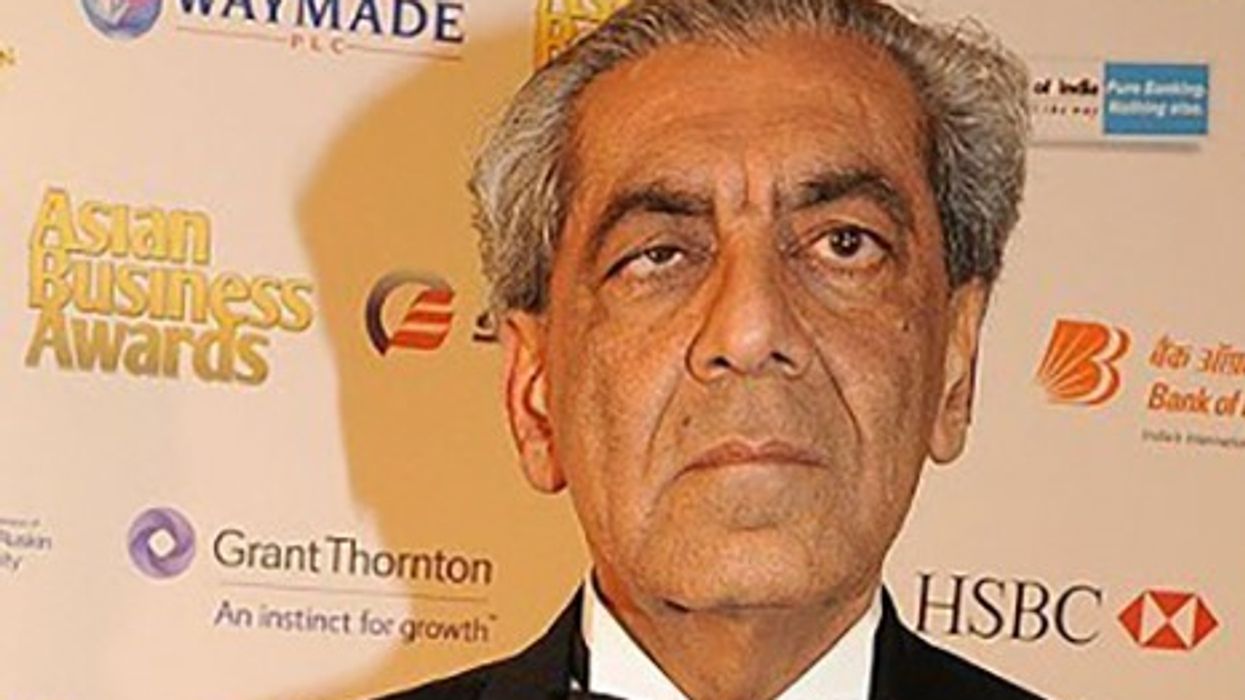By Nadeem Badshah
Bulling suffered by ethnic minority doctors needs to be tackled by having an independent organisation to probe complaints, campaigners have urged.They have warned that medics are suffering in silence and have called for the NHS to make a host of changes including more staff surveys and better training and induction schemes for workers recruit-ed from abroad.
Research has shown more NHS staff from BAME backgrounds experience discrimination and bullying in the workplace than their white colleagues.
While 6.6 per cent of white staff said they had suffered “discrimination” from managers or colleagues, the figure was 15 per cent for ethnic minority workers. And 4.5 per cent of white staff told an internal survey of experiencing discrimination by patients compared to 16.8 per cent of non-white staff.
Dr Chandra Kanneganti, chairman of The British International Doctors’ Association, gave a speech to the British Medical Association in London on ad-dressing bullying in July.
He told Eastern Eye: “BAME doctors make up 28 per cent of the work force.
“Around one per cent of CEOs of NHS Trusts are BME and they make up three per cent of medical directors; it’s not truly representative.
“If a BAME doctor makes a mistake, it is high-lighted because of their race.
“The majority of colleagues are supportive to-wards BAME colleagues and acknowledge the huge contribution they have made towards the NHS, but there are a few who have clear prejudices.
“We see more complaints going to the General Medical Council (GMC) and performance reviews over ‘cultural differences’ or poor language skills of BAME doctors which is rubbish as a lot have been here for years.”
Dr Kanneganti, who works in Staffordshire, added: “I was contacted recently about a medical director targeting BAME doctors.
“When investigated he would take action and report them to the GMC. But when white doctors had complaints against themselves, he didn’t act. He was forced to resign.
“In another case two GPs had com plaints against them by patients.
“A white colleague wrote those doctors had below-par performance, but when I reviewed the details, their performance was fine as the adviser did not look at the consultations properly. There was no case against them and it was dismissed after six months.
“In my speech to the BAMA I said leaders are Health minster not recognising Stephen Barclay the prejudice and an independent organisation is needed to investigate bullying and harassment so that more doctors can come forward.”
The NHS announced last weekend that a “fit and proper person” test for managers is set to be toughened to include a legal duty to act on bullying complaints by health workers.
Bosses will be sacked if they fail to stamp out what ministers admit are “alarming” levels of bullying of hospital staff.
Miriam Khan, a junior doctor, took her own life after telling friends she felt “bullied” and isolated by colleagues, an inquest heard in July.
The coroner heard the 34-year-old struggled to make friends at the North Devon hospital in Barnstaple, had complained of “nasty” remarks by a colleague and was afraid of making mistakes.
Her friends said she went from being happy and sociable to being withdrawn and depressed and had to be signed off work. Dr Khan, who came to the UK from Pakistan in 2013, was found dead at her home in Devon in February 2017.
The NHS is the largest employer of BAME staff in the UK with more than 200,000 health service staff from ethnic minority backgrounds.
A study in 2014 found minority ethnic staff are less likely to be promoted or made executive directors or board members.
Dr Kailash Chand is honorary vice president of the British Medical Association and has worked as a GP since 1983.
He told Eastern Eye: “Only a minority of doctors report incidents to their employer.
“For example, a trainee who is bullied by a senior colleague is likely to avoid seeking help or clarification from them to avoid future incidents, which is understandable, but can compromise patient safety.
“In recent years, there has been growing recognition of the role of organisational culture in encouraging and permitting bullying, which explains why some workplaces have higher levels than others.
“The NHS must undergo a cultural change to in-crease understanding of and commitment to equality and diversity, with a focus on the benefits of diversity to staff, patients and the NHS system.”
Dr Murthy Motupalli is a GP partner in Accrington, Lancashire, who trained in India.
He said: “Some patients speak to me as if they can wipe their feet on me, but the same person will speak very politely to my white colleagues. I can see the very clear difference in the way I’m treated.”
Health minister Stephen Barclay said: “That one in four NHS staff have experienced bullying, harassment or abuse- and that more than twice as many BAME staff have suffered discrimination from their manager or colleagues than white staff is deeply alarming and should be a call to arms for urgent action across the NHS.
“I am determined to put an end to this, which is why the NHS is already working to close the equality gaps and tackle bullying.”

















 Crispello was originally launched by Cadbury in the UK in 2012B&M
Crispello was originally launched by Cadbury in the UK in 2012B&M 